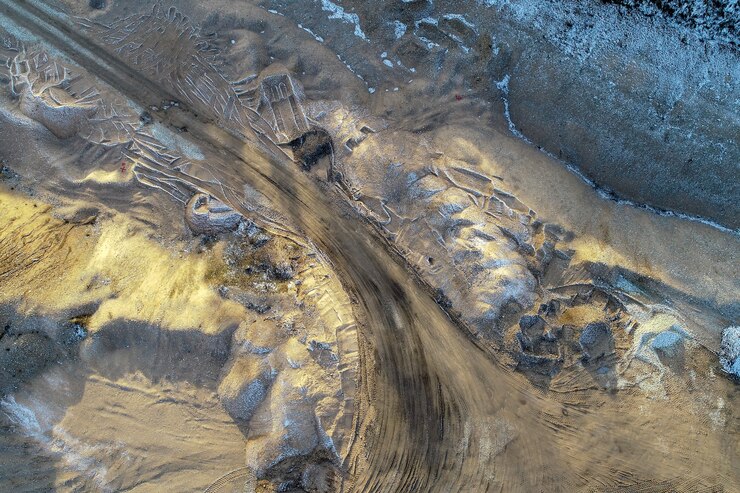The market for copper has increased in the global market in the past few years due to increased demand for electric vehicles, renewable energy and technology. Because these industries are heavily dependent on copper, juniors have begun to attract more attention as possible investment prospects. Such are the smaller mining companies that are usually in the exploration stage and, at best, in the early development phase and that usually represent high-risk/high-return opportunities. This article takes a look at things that investors and stakeholders ought to look out for when assessing junior copper miners.

Junior copper miners themselves are companies that are principally engaged in the exploration and development of copper assets. While numbered amongst many large mining companies, juniors are generally not well-endowed by comparison and have limited operations or mineral portfolios. Mining’s objectives focus solely on finding potential copper prospects that can either be brought into production or sold to other mining companies. Where juniors are often seen as the initial exploration stage in the mining life cycle, this stage contains a number of risk factors that include the extent of their exploration knowledge, reserves and resources estimates, and financing. Knowledge of these elements is vital in making an assessment relating to the viability of each of them.
Based from the assessment made above, one can firmly state that the localization of a mining project plays a determining role in its potential economic efficiency. Copper deposits are frequently in politically sensitive or remote locations, and thus, political stability, regulatory environment, and local communities are important factors.
The success of a junior miner often hinges on its exploration capabilities. Accurate resource estimates based on geological surveys, drilling results, and mineral assays are critical to attracting investment and advancing projects.
A competent management team with a proven track record in exploration, development, and navigating regulatory challenges can significantly enhance a junior miner's prospects. Key personnel should demonstrate:
Junior miners often rely heavily on external funding to finance their exploration and development activities. Evaluating their financial health involves analyzing the following:
Mining projects require robust infrastructure, including roads, power supply, water resources, and proximity to ports. A lack of infrastructure can significantly increase project costs and timelines.
As environmental, social, and governance (ESG) principles become integral to investment decisions, junior miners must adhere to sustainable practices. This includes:
The shift toward green technologies, such as EVs, solar panels, and wind turbines, has driven unprecedented demand for copper. The metal’s conductivity, durability, and recyclability make it indispensable in these applications. Junior miners who can tap into new copper deposits stand to benefit significantly.
Many junior miners aim to be acquired by major mining companies once they prove their resource viability. These acquisitions often result in substantial premiums for early investors.
Due to their smaller size and lack of production, junior miners are often undervalued by the market. Savvy investors can capitalize on these opportunities by identifying companies with strong fundamentals and growth potential.
Advances in exploration technologies have enabled miners to identify deposits in previously inaccessible or overlooked areas. Juniors operating in these regions could uncover significant resources.

Exploration is capital-intensive and does not guarantee success. Juniors often face the challenge of securing sufficient funding while managing the inherent risks of drilling and resource estimation.
Copper prices fluctuate based on global economic conditions, demand-supply dynamics, and geopolitical tensions. Such volatility can impact the financial stability and planning of junior miners.
Compliance with environmental regulations, obtaining mining permits, and navigating bureaucratic processes can cause delays and increase costs.
With numerous junior miners vying for investor attention, competition for funding is fierce. Companies must differentiate themselves through superior projects, management expertise, or innovative approaches.
Local communities and environmental groups often oppose mining projects due to concerns about land degradation, water pollution, and displacement. Gaining community support is crucial but challenging.
Junior copper miners are crucial to meeting the demand for copper. Investments in such miners are also quite promising, especially for investors who are willing to take calculated risks. However, the challenges associated with such investments are inherent, including high costs, regulatory complexities, and market volatility. Through careful evaluation of resource estimates, financial health, ESG practices, and management expertise, stakeholders can identify companies that are likely to grow.
Junior copper miners will remain an important aspect of the world's greener future. By balancing opportunities with risks, investors can now unlock the full potential of the emerging players in the copper mining sector.